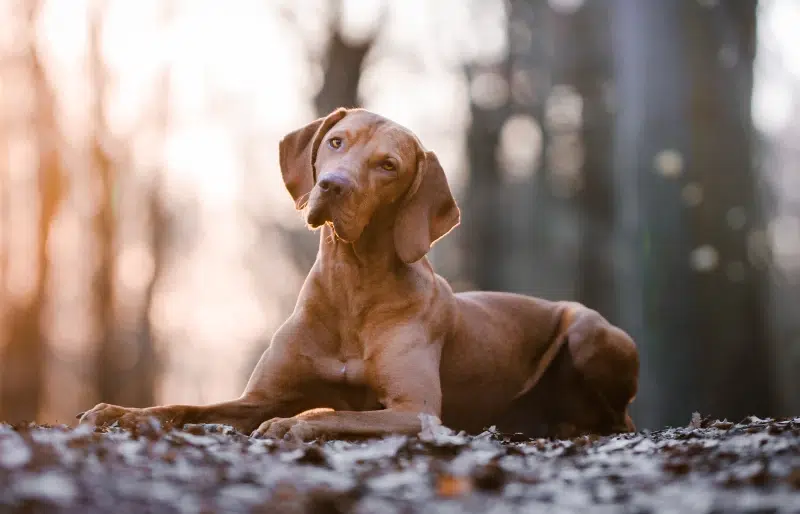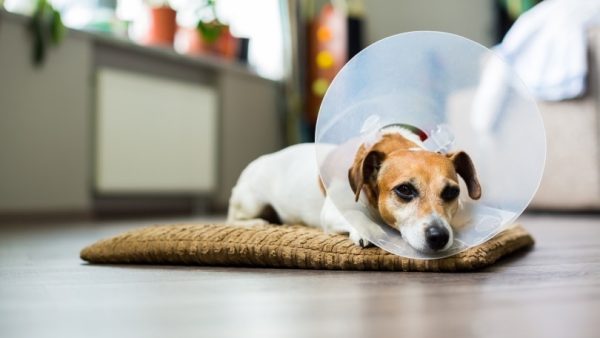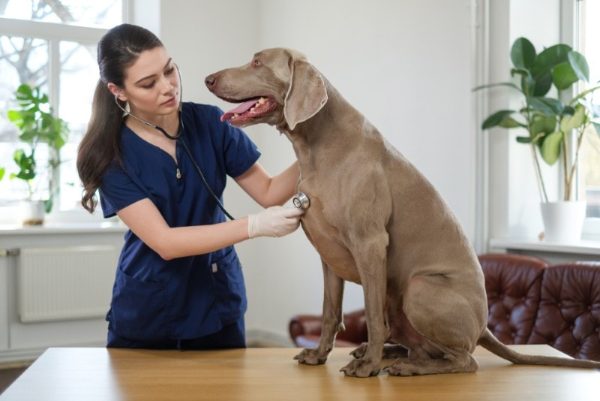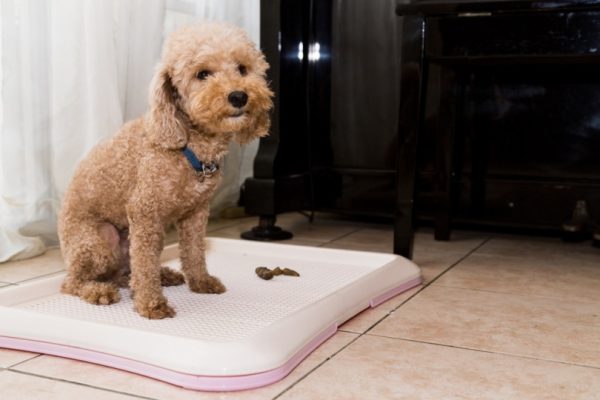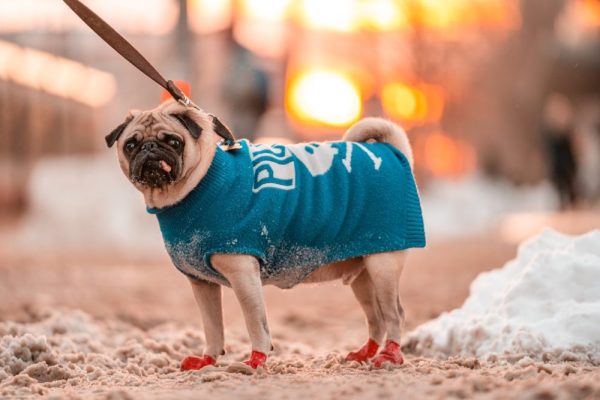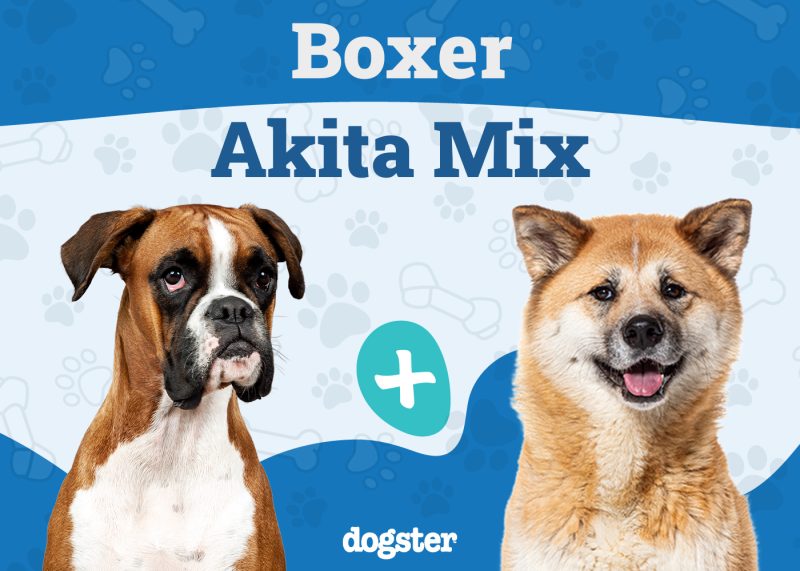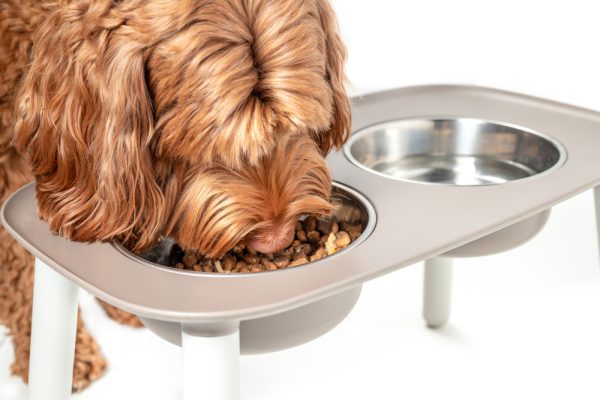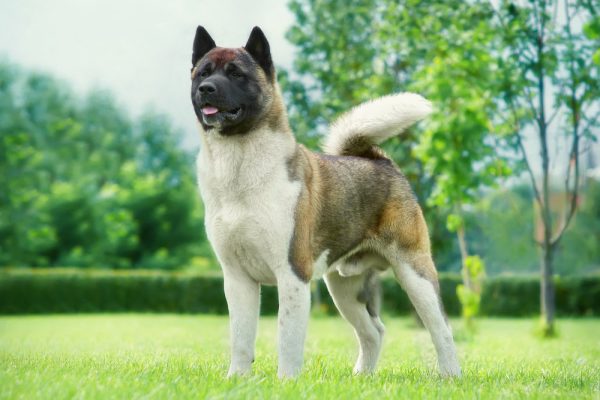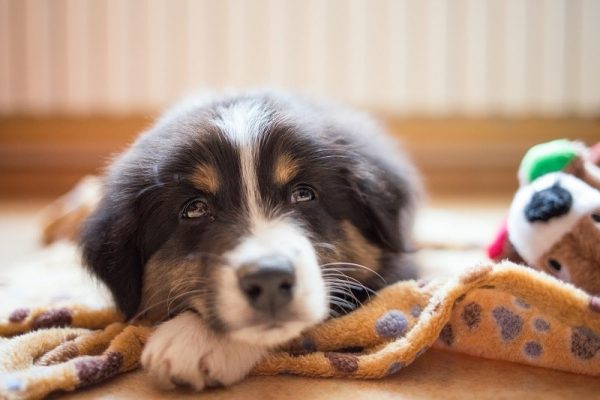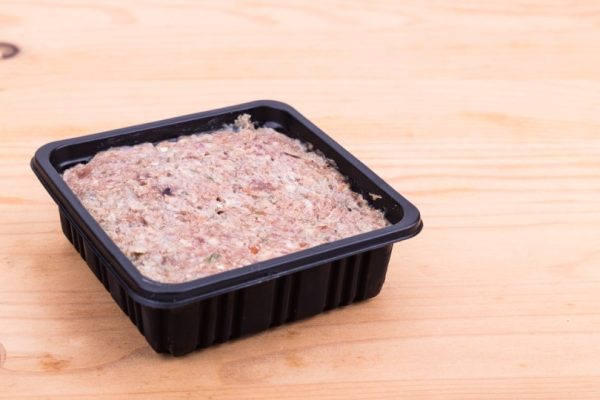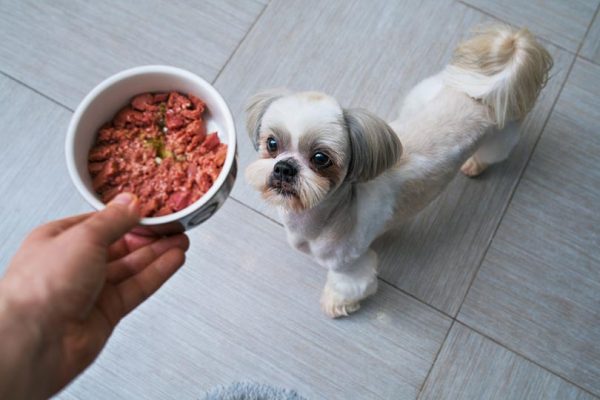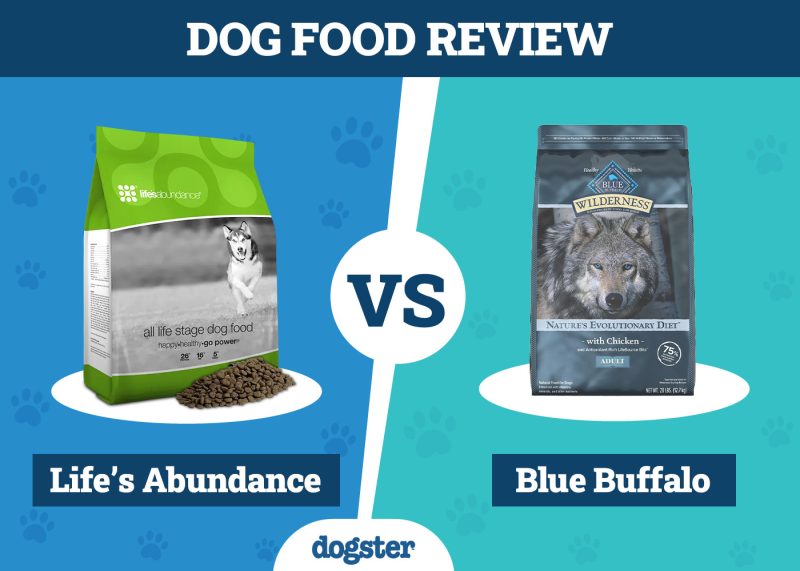The Vizsla is a strong, independent, and intelligent dog that tends to take well to training, especially as a puppy. Potty training is one of the first things that you should focus on once you bring home your new Vizsla puppy. While it shouldn’t take too long to get the job done, don’t expect the training process to be a cakewalk. Accidents will happen, and patience will be necessary. Here are a few important tips and tricks that you can use to make the training less stressful and more effective overall.

The 8 Tips How to Potty Train a Vizsla
1. Spend Extra Time at Home
It’s important to stick around at home as much as possible while you are potty training your Vizsla puppy. Vizlas are intelligent yet strong-willed and need the opportunity to go outside often for potty relief. Otherwise, they will become frustrated and may become destructive.
If your pup can’t go to the bathroom outdoors because you aren’t around to take them out, they will likely make a mess in the house before your return. So, if you can’t take your dog outdoors at least once every couple of hours throughout the training process, hire a dog walker or have a friend or family member take them out in your place.
Once they have been potty trained, you should be able to leave them home for a few hours between bathroom breaks.
2. Designate a Specific Potty Spot
It’s a good idea to designate just one spot in your yard for potty time. Taking your dog to the same spot each time you go outside for a bathroom break will help them understand that you’re out there to take care of business, not explore. After taking them to the same spot a few times when they have to relieve themselves, they will start to associate the spot with potty time.
Before long, they will know exactly what they should be doing whenever you head to the spot. The same tactic can be incorporated into indoor potty training. Lay a few potty pads on the spot(s) where you want your dog to relieve themselves, and then take them there whenever they show signs of having to go potty. Eventually, they will know how to go to their spot on their own.
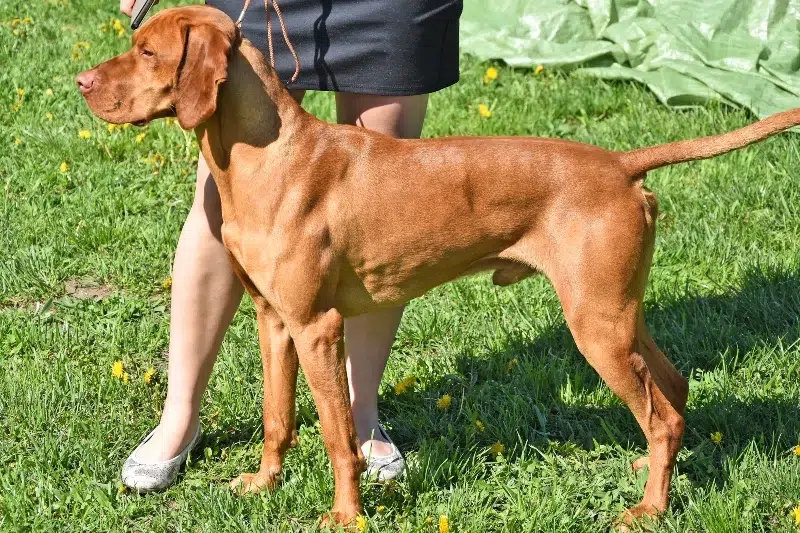
3. Create a Schedule and Stick to It
Like toddlers, puppies don’t know how to hold their bladders, so there isn’t much time to get them to their spot when they have to go. For this reason, you should create a potty schedule and stick to it until your dog understands how to tell you when they need to get outside for a potty break or until they can hold it for longer periods. Your potty schedule should allow your dog to get outside for a bathroom break every 2 to 3 hours at first.
You should also include one or two nighttime breaks for the first few weeks. Once they show that they can hold it, you can adjust your schedule to every 4 to 6 hours during the day, and you may be able to skip nighttime potty breaks altogether. Eventually, you’ll get into a rhythm and will not have to refer to a schedule any longer.
4. Consider Crate Training at Nighttime
A great way to make sure your Vizsla puppy does not have accidents in the house while you sleep is to crate train them for the nighttime. Most Vizslas want to relieve themselves away from their living space, so they will try not to go to the bathroom while spending time in a crate. There simply isn’t enough room in there!
Your pup will do what they can to hold their potty until they can get out of the crate and to a more suitable bathroom spot. So, you’ll wake up to a clean house and crate, but you’ll have to make a beeline for the outdoors with your dog for a bathroom break.
By the time they are 3 or 4 months old, they should be able to wait until the morning before relieving themselves.
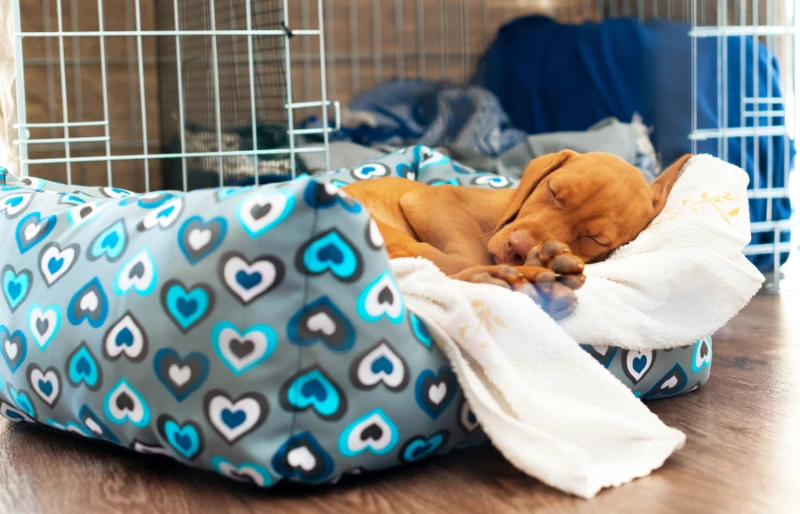
5. Don’t Turn Potty Breaks Into Playtime
When you head outdoors for a bathroom break, ensure the break does not turn into playtime or an explorative adventure. You should take your dog to the bathroom spot, give them time to relieve themselves, and then head back inside. If they don’t use the bathroom after a minute or two, go back in and try again later.
This will keep your dog on task and ensure that you don’t have to deal with 30-minute potty breaks in the future because exploring and playing around has become the norm. You can always head back outside for a walk or playtime after a bathroom break; just make sure to separate the break and the fun time with a quick trip inside.
6. Look for Signs That Your Dog Needs to Go Potty
When you begin potty training your pup, look for signs of them needing to use the bathroom. If you learn the cues that they display, you may be able to stop accidents before they happen. Once you realize they need to go potty, get them outside or to their potty pad before your floor becomes wet.
- Squatting
- Restlessness
- Circling
- Pacing
- Sniffing the ground
- Barking or scratching at the door
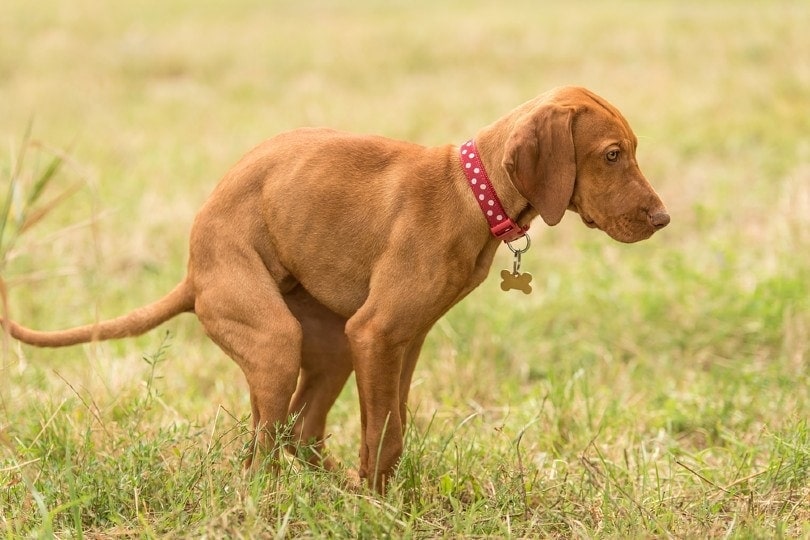
7. Keep Treats Readily Available
If there is one thing that motivates a Vizsla puppy, it is a treat. Praising your dog with a pat on the head and a treat every time they use the bathroom in the correct spot is a surefire way to get them to associate the practice with a positive experience.
Once your puppy learns that they’ll be rewarded with a treat whenever they go outside to pee, they will continue the behavior. After a while, you won’t have to offer treats in exchange for good potty behavior.
8. Never Use Negative Reinforcement
Vizslas are eager to please and do not react well to negative reinforcement. If you punish your dog by yelling at them, swatting them, or intimidating them in any way, they could develop stress over using the bathroom outdoors and continue having accidents when they shouldn’t.
When you catch your puppy using the bathroom in an inappropriate place, redirect their attention immediately to the spot where they should be relieving themselves. Never use negative reinforcement. The more positive the potty training experience is for your dog, the easier and quicker the process will take.
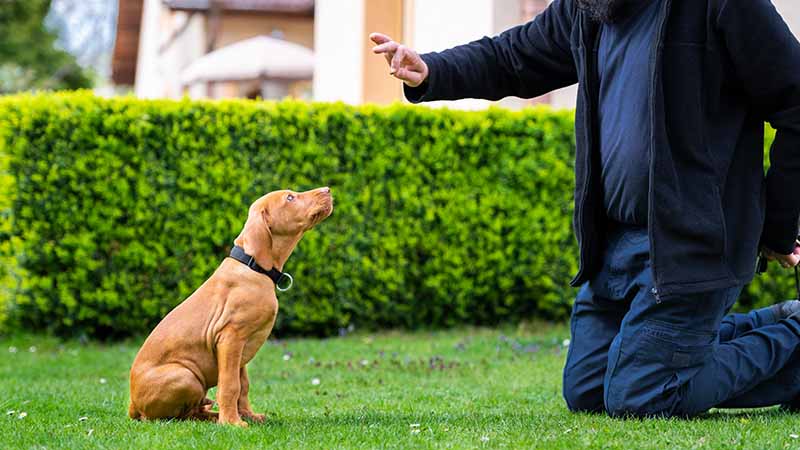
Summary
Potty training a Vizsla puppy is not the easiest job in the world, but this breed’s intelligence and eagerness typically make it less stressful and more rewarding for everyone involved. Being patient with your pup is vital, but when they understand potty time is a positive experience, your Vizla will not have accidents as often indoors.
Featured Image Credit: TMArt, Shutterstock
